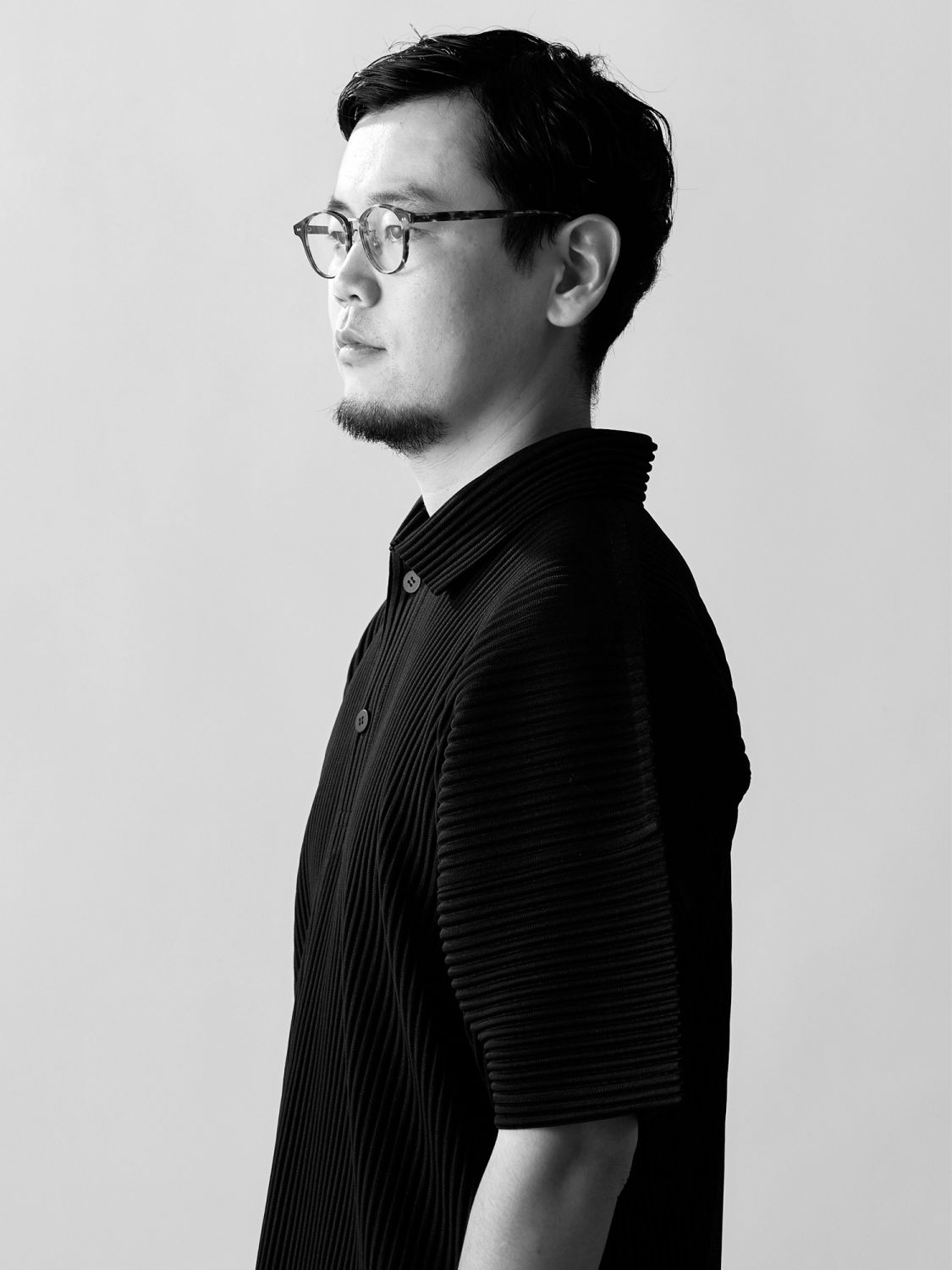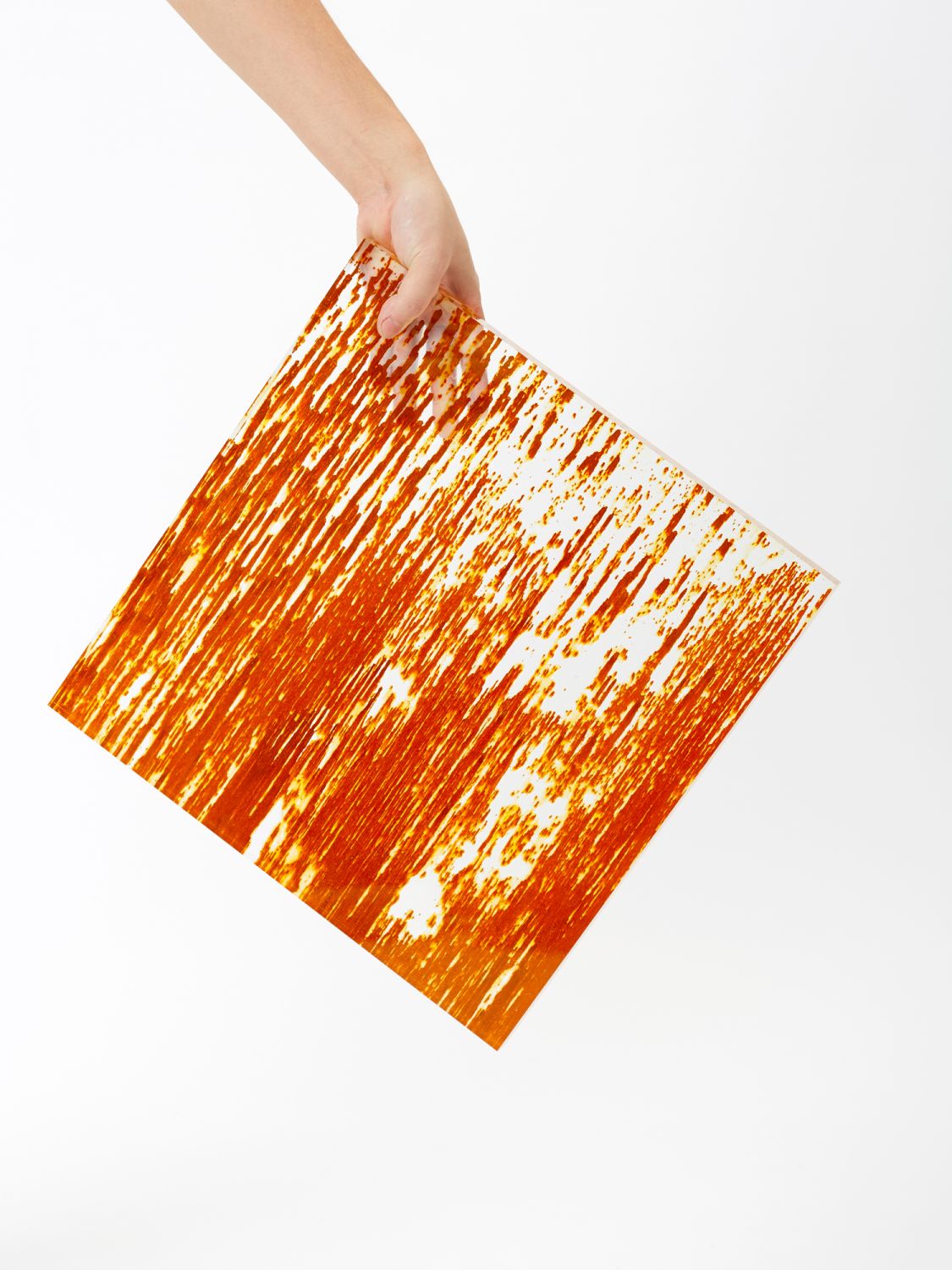Chosen by a prestigious jury headed by award-winning architect Kengo Kuma, here are the young Japanese designers to look out for at the Maison & Objet (M&O) 2022 fair in Paris
Design events are slowly gearing up again after multiple pandemic-related postponements. Case in point: the Maison & Objet (M&O) running from 24-28 March in Paris, France, which showcases the work of leading brands, stunning creations, and fresh talent in the fair halls.
Country-specific exhibitions are also present; and one of the highlights this year is the Japan installation; the country in the spotlight for the M&O Rising Talent Awards 2022. Featuring work from designers hand-picked by a prestigious jury—led by none other but the celebrated Japanese architect Kengo Kuma—it serves as a platform for the world to get to know up-and-coming names in Japan’s design scene.
Don't miss: How Japanese Designer Naoto Fukasawa Creates Timeless, Minimalist Furniture
1. Yuma Kano


Creative Direction: Eschewing expensive and pristine materials, Yuma Kano is instead more interested in exploring decaying or forgotten materials. He has a particular fascination for rust, a symbol of decay and damage from which he creates a whole new expression. His ‘Rust Harvest’ project entailed propagating rust on metal sheets, lifting and harvesting them, then adding acrylic resin resulting in a surprising perspective and a completely new material.
Personally impacted by the deforestation in Japan, Kano also started the ForestBank project wherein he incorporates readily found bark, branches, and fruit into acrylic resin that then forms a beautiful terrazzo-like surface with multiple applications.


















